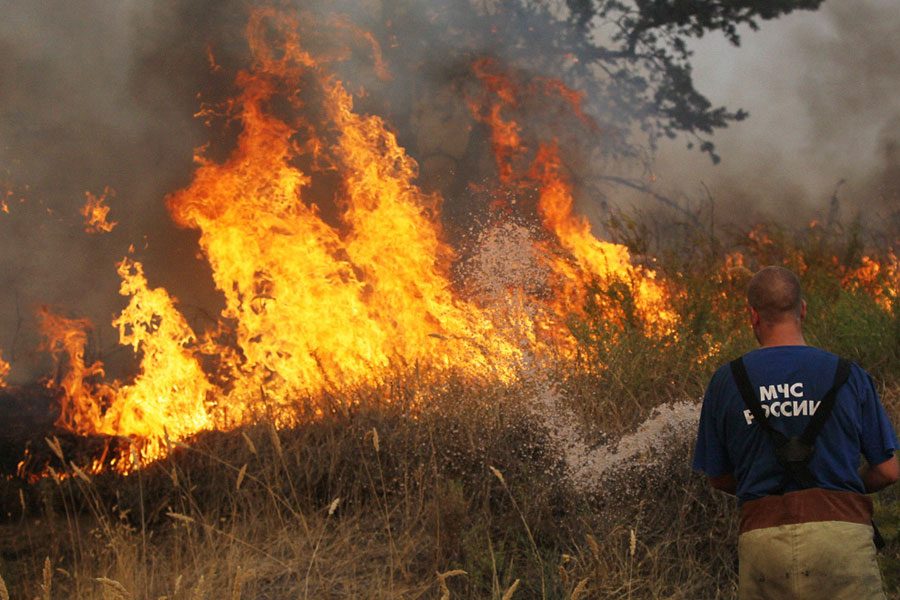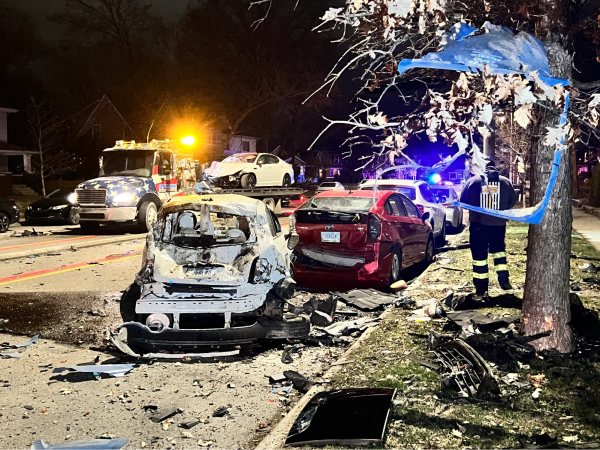Through the Fire and the Flames
Photo by Alexey Kudenko
While wildfires ravage across the U.S., the charred remains settle and recover, providing new growth.
A forest after a fire is an entirely new environment. According to the Idaho Department of Environmental Recovery, fires strip the land of vegetation that had previously helped to hold the soil together and absorb water. Without those plants, the soil erodes and when the rains come down there isn’t anything to prevent it from causing sudden flash floods. However, because fire clears out the land it preserves the grasslands in forests helping to fight off the trees.
On the surface a fire seems to clear out all signs of life, leveling the ground. In actuality, it has cleared the way. Deep in the soil, the root systems of the now burnt away trees remain and are ready to rise up from the ground reclaiming the land once again and recreating the forest. Even after the Yellowstone fire from 1988, the animal populations stayed relatively stable.
The soil after a fire is incredibly fertile. The National Park Service explained that fire plays an essential role in an ecosystem. The fire becomes the groundwork for new growth, specifically of plants that only grow in such conditions. Certain plants and fungi only release their seeds or their spores directly after a fire, like morel mushrooms or some types of pinecones. If anything, some plants and animals are hurt by all of our fire prevention programs. In a National Geographic article, Sarah Zielinski described the animals that benefitted from the flames. For instance, the Kirtland warbler only nests in the young jack pines that only release their seeds during fires. Fire gives them larger nesting habitats. Some beetles will make a home in the old trees attracting woodpeckers.
Fire is a natural event — that’s why if a fire is naturally started in a national forest it’s permitted to burn within the boundaries. The fire is mother nature’s reset button, something that maintains the cycle of life in our forests.

Becky Weber is a senior at Bingham High School. She is academically focused, taking a love to school....





